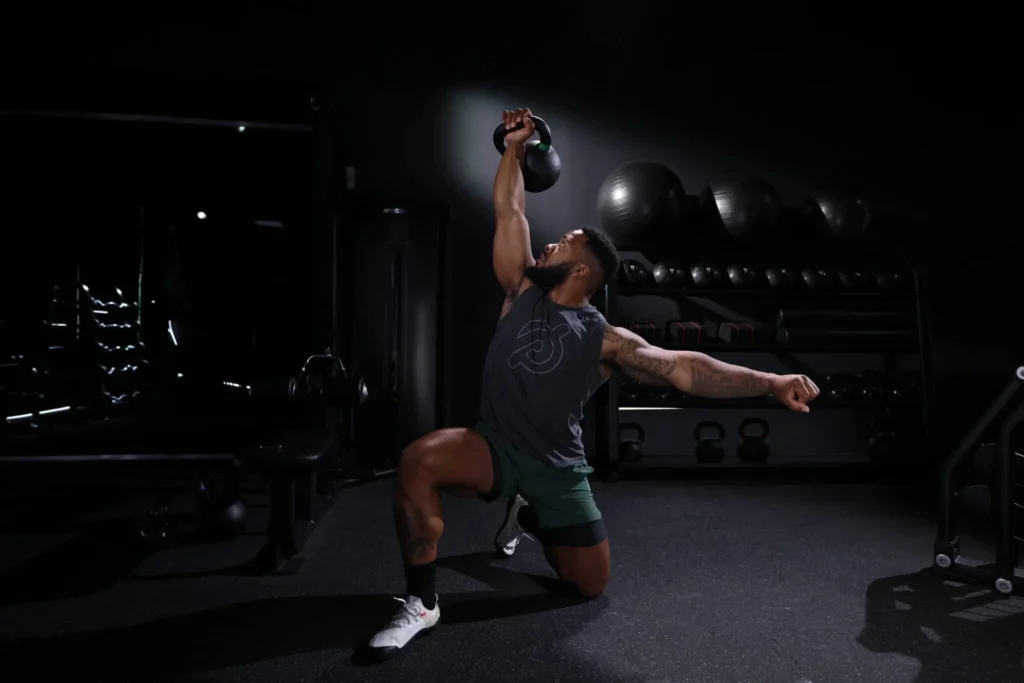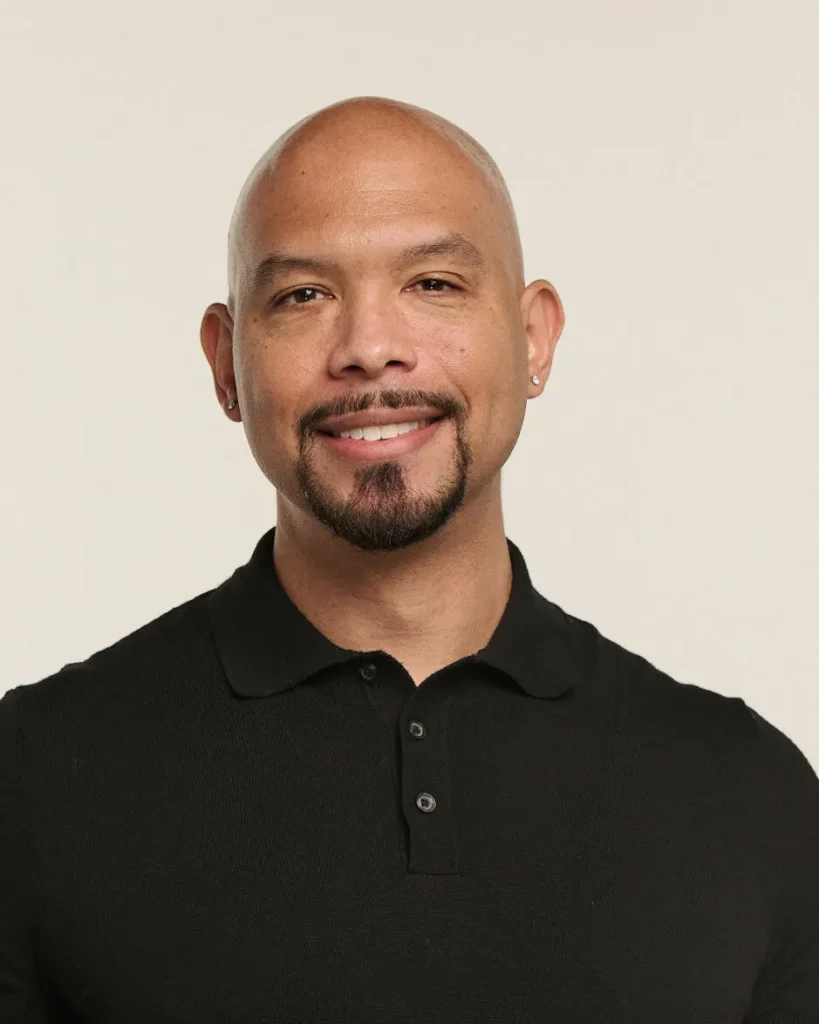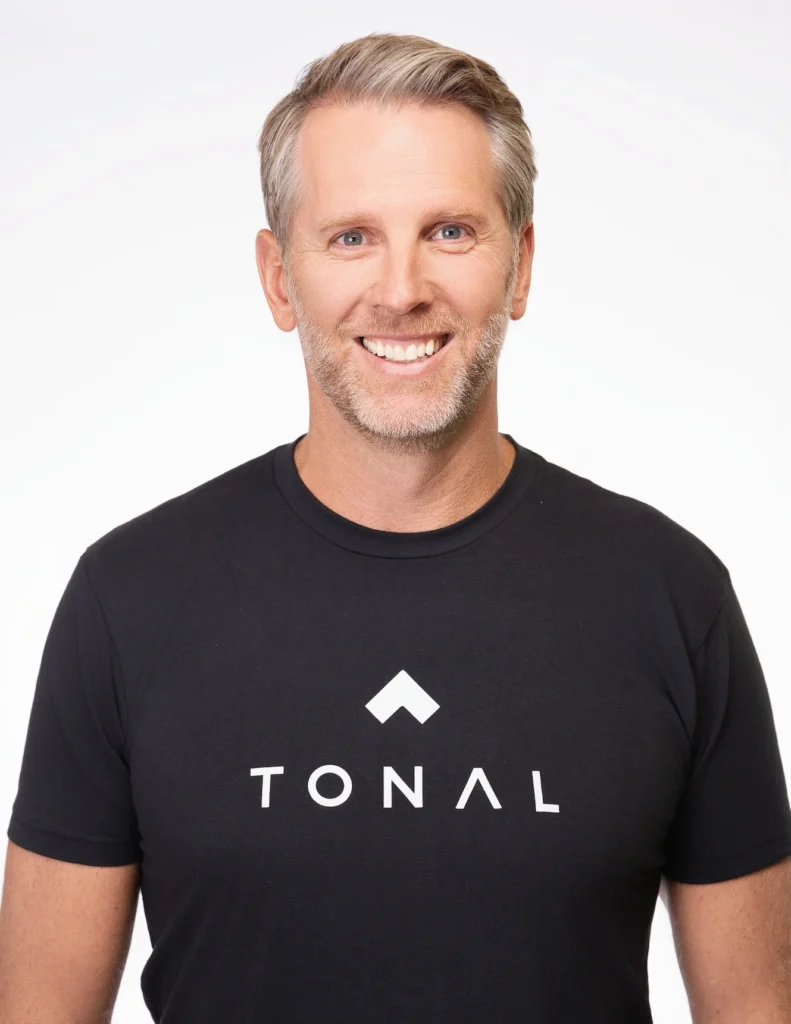Connected Fitness Outlook: Brands Go All-In on Strength, AI-Powered Personalization

CEOs and other C-suite executives from the world’s top connected and at-home fitness brands give their takes on the future of this promising but turbulent sector
The connected fitness industry isn’t without its struggles, but there’s no denying that consumers are still embracing at-home fitness even as many people return to gyms and studios in the post-pandemic era.
Athletech News speaks with CEOs and other C-suite executives from the world’s top connected and at-home fitness brands to get their takes on the future of this promising but turbulent sector, and see how they’re preparing to win consumers in 2025 and the years ahead.
iFIT Leans Into Personalized Fitness, AI
Utah-based iFIT has built a strong reputation in the connected fitness space with its extensive library of digital fitness content — and now, the company is preparing to bring its more than six million members together with their on-screen trainers through in-person, experiential events.
In reflecting on the last year, however, iFIT has celebrated several significant milestones, such as the launch of iFIT AI Coach in early 2024, making the company one of the first fitness brands to complement real trainers with AI support.
“One year since the launch of AI Coach, we’re seeing 15-20% of our users engaging with iFIT AI Coach daily, demonstrating strong adoption,” iFIT CEO Kevin Duffy says. “Our iFIT athletes can now create personalized workouts with Google Maps as well as stream video and music from third-party apps.
“We’re investing heavily in AI-powered training experiences that adapt to our users’ progress and goals,” Duffy adds. “Building on the success of our AI Coach, we’ll continue developing personalized fitness solutions that consider the whole person, not just their workout performance.”
For its FY25 launch, iFIT refreshed its product assortment offered across NordicTrack and ProForm, including the recently unveiled NordicTrack Ultra 1 luxury treadmill.
Over the next few years, iFIT plans to expand its subscription business with its newly appointed Chief Subscription Officer Jeremy McCarty who will lead the initiative.
There are also plans to scale into new markets globally, including China and Europe.
While Duffy says the fitness industry has “mostly stabilized” after years of volatility, he acknowledges that several challenges remain, such as meeting consumers where they are in their fitness journey.
“Many people feel overwhelmed when starting, especially when navigating extensive content libraries,” he says. “Our approach with AI Coach helps address this by guiding members through our 10,000+ courses based on their specific goals and preferences. The industry also must improve accessibility by offering quality fitness experiences at various price points. Our strategy of multiple entry points across different channels addresses this challenge directly.”

Peloton Embraces Strength Training & (Responsible) AI
Peloton – a leading brand synonymous with connected fitness and at-home fitness – has entered a new chapter, expanding beyond its roots as an indoor cycling company. It’s maintained its edge over the years, driven by a devoted member base, engaging instructors, premium experience and engaging workouts.
In the past year, however, Peloton has evolved to focus on strength training, personalization and community engagement.
The connected fitness company has launched Strength+, a strength-focused app designed for gym-goers to engage with the brand and complement cardio routines, personalized plans to offer tailored weekly workout programs and Pace Targets, allowing users to customize class difficulty. To strengthen its community, Peloton unveiled Teams, a social feature that encourages connection and accountability.
“This is only the beginning,” Peloton chief product officer Nick Caldwell tells ATN. “We’re excited about the momentum we’ve built and remain committed to developing our offerings based on member feedback.
“Today, strength is Peloton’s second most popular fitness modality among members,” Caldwell adds. “Our mission is to empower our members to live fit, strong, long and happy lives by delivering engaging and personalized fitness experiences.”

Caldwell notes several key trends shaping the future of fitness and wellness, such as in the areas of personalization, digital technology integration, community, longevity and strength training.
“We’re focused on deepening integrations with wearables and finding more ways to leverage AI to provide smarter, more adaptive training experiences, ensuring our members have access to real-time feedback and actionable insights to optimize their performance,” he says. “By merging AI with human coaching and dynamically personalized content offerings, we ensure every member gets a tailored fitness experience.”
However, Caldwell notes that one significant challenge facing the fitness and wellness industry is trust.
“The industry has been inundated with self-proclaimed ‘experts’ on social media, which has confused consumers about what is deemed credible,” he says. “Amid so much misinformation, people are in desperate need of trusted guidance to support their health goals. At Peloton, our instructors are recognized and trusted fitness professionals, but we recognize that in addition to expert instruction, members require personalization to reach their unique fitness goals.
“The industry has been inundated with self-proclaimed ‘experts’ on social media, which has confused consumers about what is deemed credible,” he adds. “Amid so much misinformation, people are in desperate need of trusted guidance to support their health goals.”

Tonal Believes in the Future of At-Home Strength
Smart home gym maker Tonal is off to a strong start this year, beginning with the release of Tonal 2, its next-gen strength training at-home system that allows members to lift up to 250lbs and offers new innovations like Aero HIIT and drop-sets .
The company prides itself on having built the world’s largest strength training dataset, with over 175,000 members lifting more than 235 billion pounds.
In addition to an exciting new equipment launch, Tonal has also unveiled its first-ever studio fitness experience at the Tonal Training Lab in New York City.
Looking forward, Tonal will remain laser-focused on advancements in technology that support the pursuit of long-term health.
“We feel like we’ve developed far and away the best strength product in the market and believe there is so much we can do to unlock software and hardware to help our members attain the strength goals they seek,” Tonal CEO Darren MacDonald tells ATN. “We’re focused on expanding our distribution through key partnerships, releasing incredible software that enhances value for our members, and entering some new and exciting markets.”
“For instance, we’ve already begun pilots with physical therapy operators who can leverage Tonal’s platform to help improve patient outcomes.”
As MacDonald points out, strength training is “finally having its moment in the sun.”
“Across disciplines, thought leaders have recognized that cardio alone is insufficient as a means of ‘exercise’ and that resistance training is equally, if not more important than cardio alone,” he says. “As the leader in strength training, we see an enormous opportunity in helping democratize strength training and easing the mental load of working out in order to maximize your results.”

With the steadily increasing interest in strength training modalities and focus on longevity, MacDonald notes that 2025 will continue to showcase new thinking and innovation around tools to improve metabolism and longevity.
“Fitness and wellness brands in 2025 need to make it easy to highly customize workouts and fitness plans based on a person’s personal needs and requirements – e.g. peri-menopausal women, active aging, etc. – and schedule,” he says. “Tonal continues to lead the pack in terms of optimizing strength training solutions that make it easy for all populations to start lifting.
“Fitness and wellness brands in 2025 need to make it easy to highly customize workouts and fitness plans based on a person’s personal needs and requirements – e.g. peri-menopausal women, active aging, etc. – and schedule.”

Hydrow, A Rowing Powerhouse, Joins the Strength Training Party
Hydrow, a leader in at-home connected rowing experiences, made waves last year after acquiring a majority stake in Speede Fitness, another fitness industry leader in the high-tech strength training equipment and analytics space.
It was a significant milestone for the company, says Hydrow CEO John Stellato.
“The combination of Hydrow and Speede really lays the groundwork for us to unlock the future of strength and cardio training,” Stellato tells ATN. “Consumers are increasingly seeking fitness experiences that extend beyond single-modality workouts, driving demand for a broader range of home-based connected fitness solutions.”
The overarching goal, Stellato says, is to reshape the perception of Hydrow into something far beyond a connected rowing company.
“Physical wellness is so much more than just cardiovascular health: it’s about strength, flexibility and mental health,” he says. “I want our members to view Hydrow as a source of truth in their whole-body fitness journey…we will motivate, teach, and inspire them.”
In terms of the connected fitness space, balancing personal fitness with a sense of community is a challenge for brands, Stellato believes.
“People want the convenience and solitude of at-home workouts, yet they also crave interpersonal connection and a shared experience,” he points out. “The challenge for brands is finding the right mix to deliver high-quality, independent workouts while fostering engagement and community in a meaningful way. The old ‘seesaw’ model, where the consumer was viewed as being either an in-home fitness participant or a gym-goer, but not both, doesn’t reflect our current reality.”
Overall, Stellato says the fitness and wellness industry is in a stronger position than last year.
“Industry players are smarter, having gone through the demand pull-forward that occurred during COVID and its aftermath,” he says. “As time passes, companies in our space are getting better at balancing growth and profitability, and this is a key to overall industry health. By combining this fiscal discipline with cutting-edge technology utilizing the rapid advancements in AI, the industry has an exciting opportunity to push boundaries and redefine what’s possible.
“People want the convenience and solitude of at-home workouts, yet they also crave interpersonal connection and a shared experience. … The old ‘seesaw’ model, where the consumer was viewed as being either an in-home fitness participant or a gym-goer, but not both, doesn’t reflect our current reality.”

This article originally appeared in ATN’s 2025 State of the Industry Outlook Report, a go-to guide for understanding the next generation concepts that will shape the fitness and wellness industry in the upcoming decade. Download the free report.



